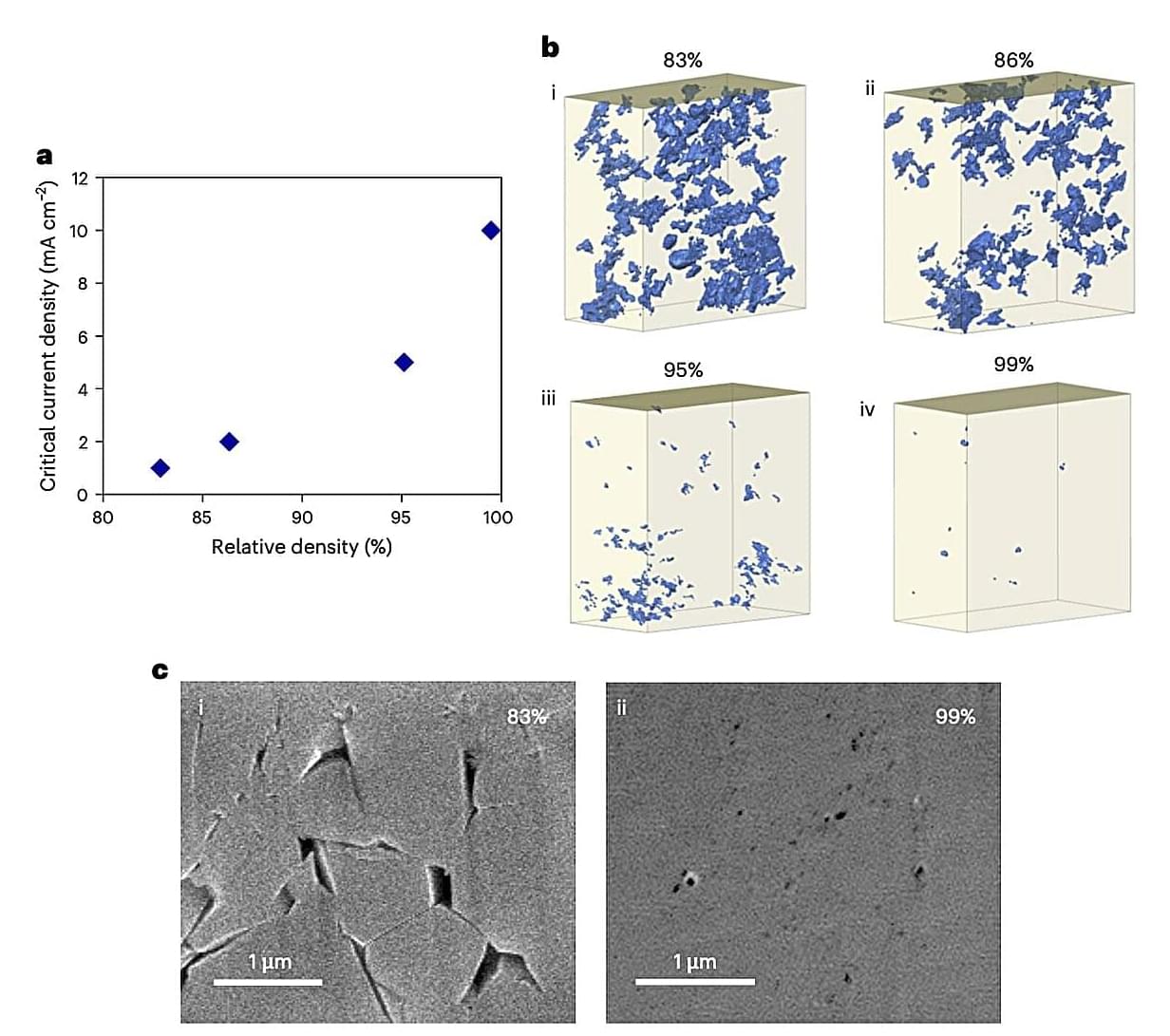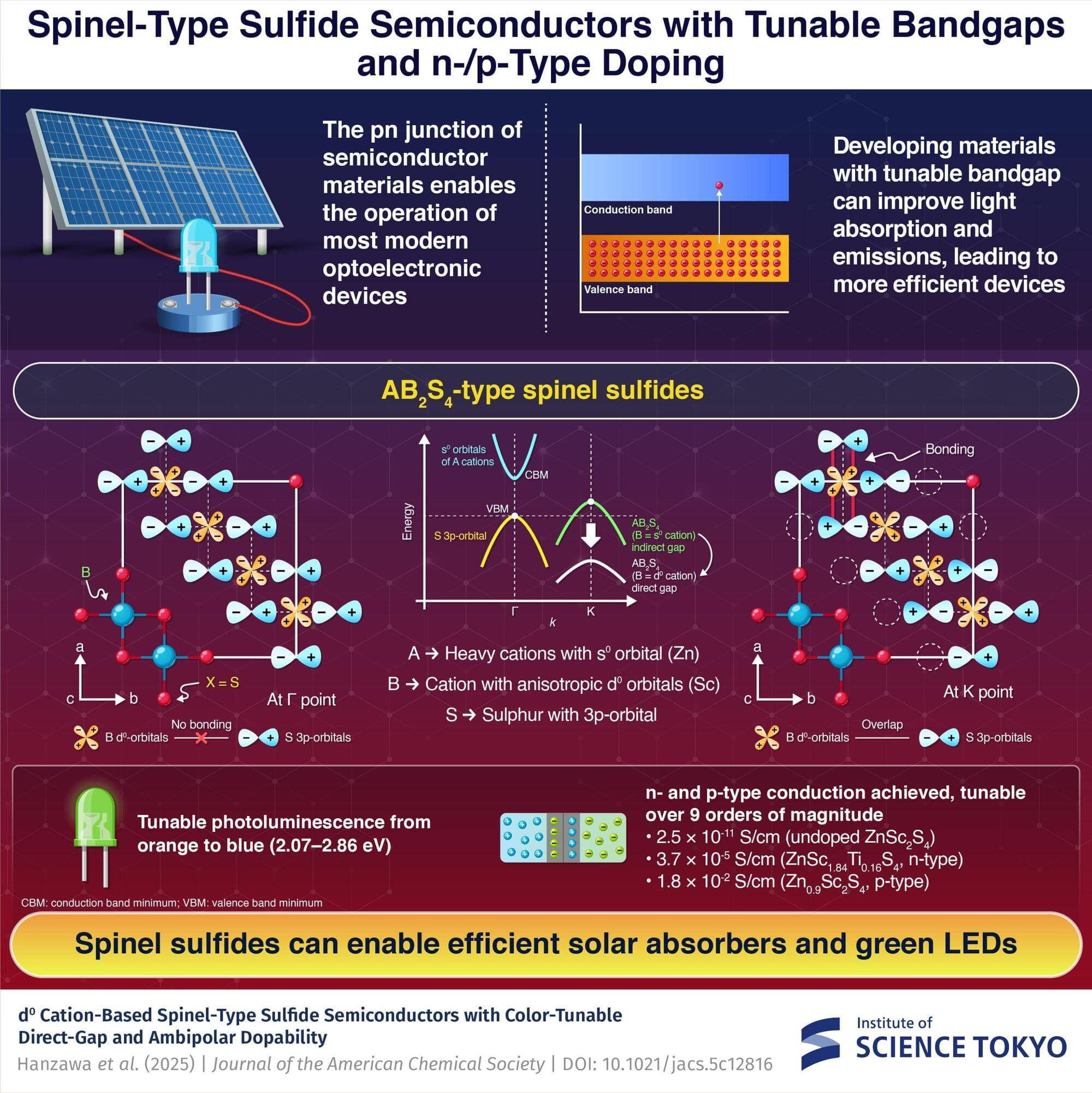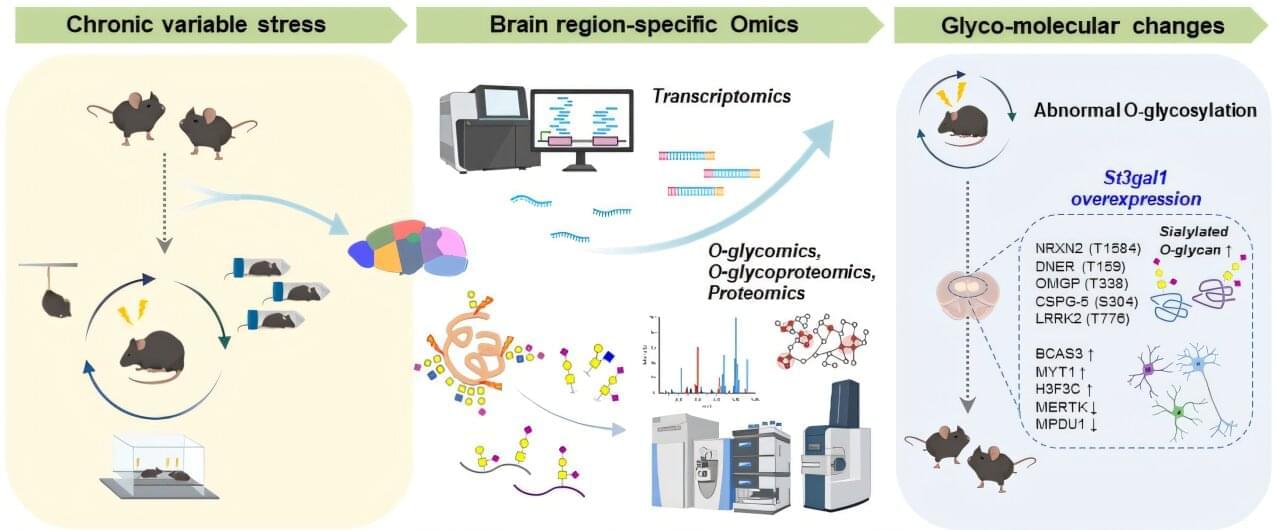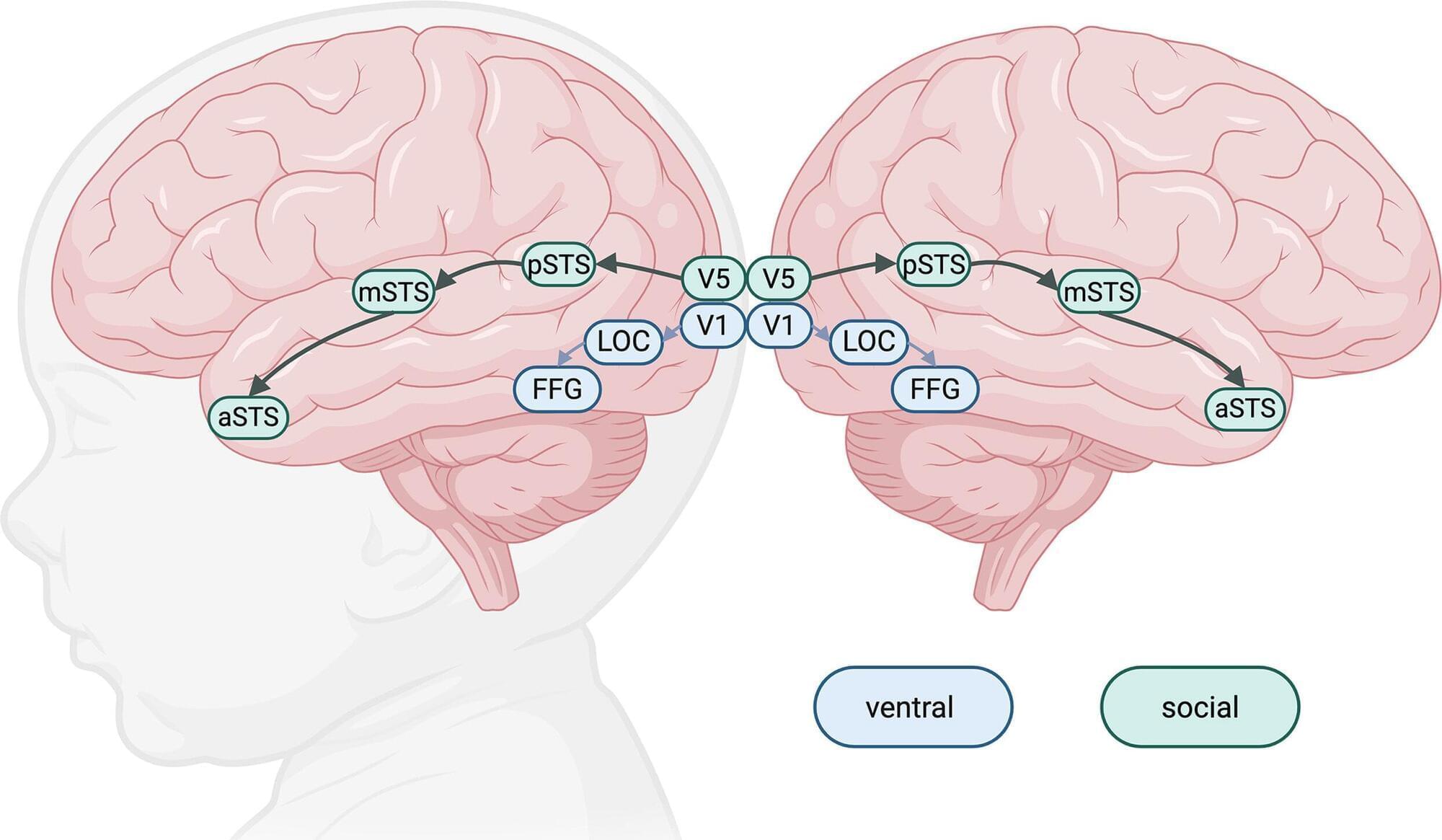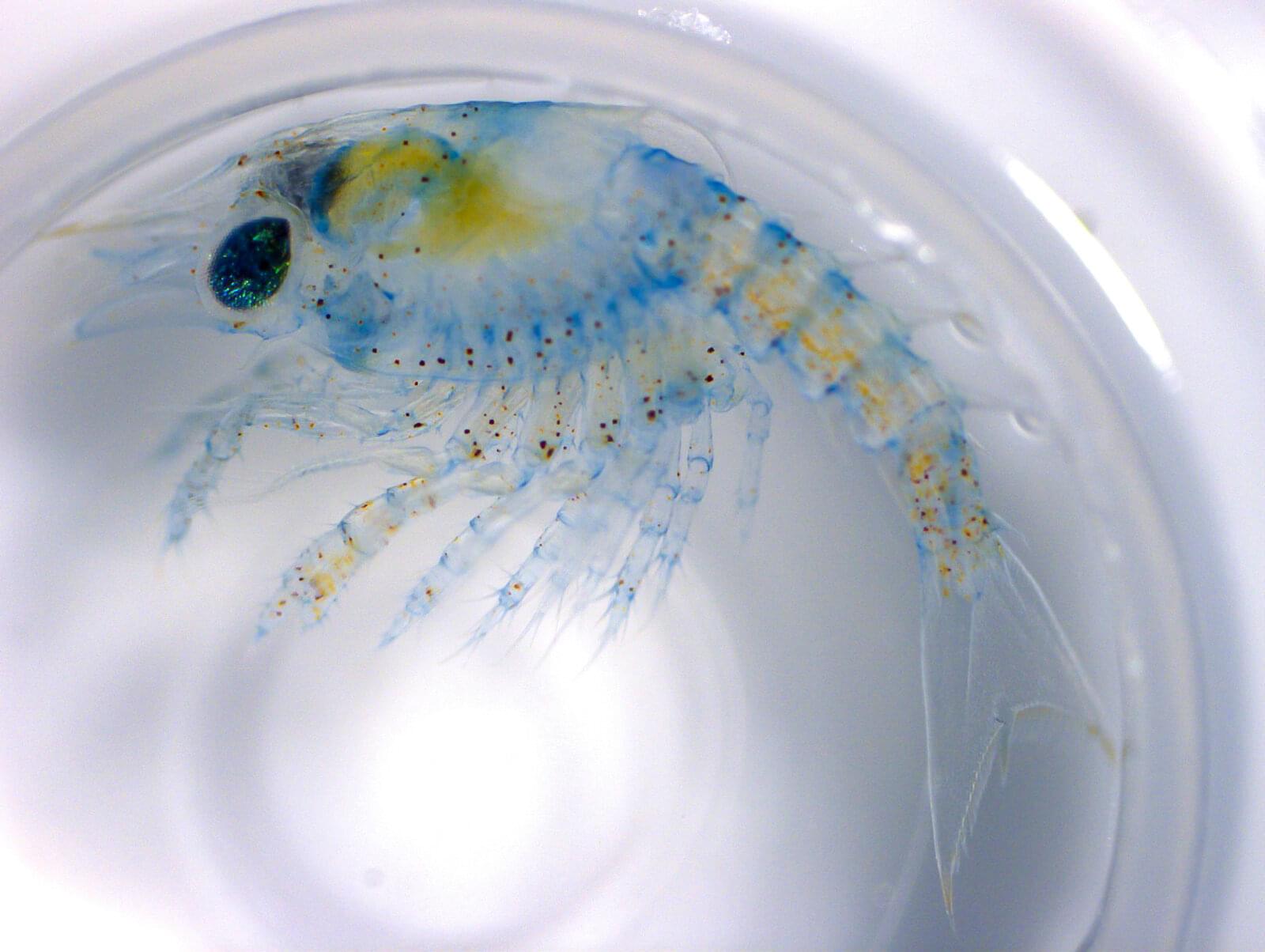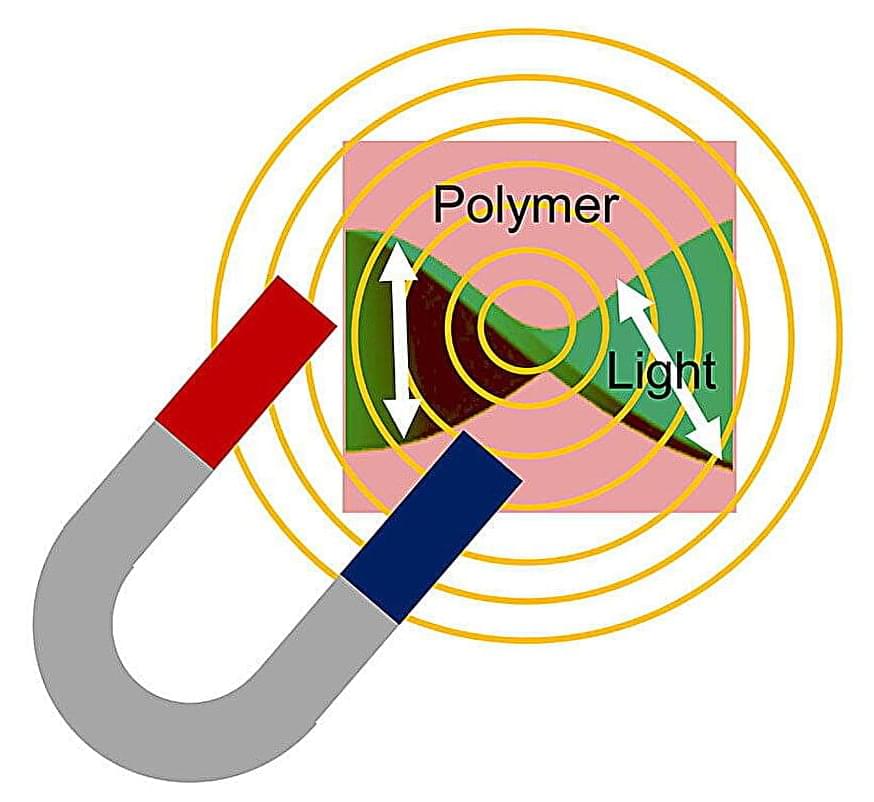All-solid-state batteries are emerging energy storage solutions in which flammable liquid electrolytes are substituted by solid materials that conduct lithium ions. In addition to being safer than lithium-ion batteries (LIBs) and other batteries based on liquid electrolytes, all-solid-state batteries could exhibit greater energy densities, longer lifespans and shorter charging times.
Despite their potential, most all–solid-state batteries introduced to date do not perform as well as expected. One main reason for this is the formation of so-called lithium dendrites, needle-like metal structures that form when the lithium inside the batteries is unevenly deposited during charging.
These structures can pierce solid electrolytes, which can adversely impact the performance of batteries and potentially elicit dangerous reactions. Identifying strategies to prevent the formation of dendrites in solid electrolytes, while also achieving high energy densities and overall battery performance is thus of key importance to enable the commercialization and widespread deployment of all-solid-state batteries.
